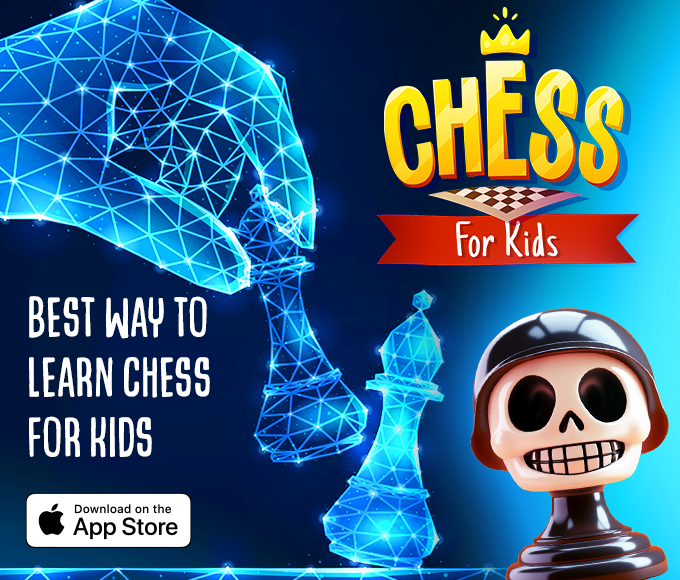Story sequencing Normal Reading Worksheets for Ages 3-8
16 filtered results
-
From - To
Discover the captivating world of story sequencing with our engaging normal reading worksheets designed for ages 3-8! These worksheets help young learners enhance their reading comprehension and critical thinking skills by arranging story events in the correct order. Our thoughtfully crafted activities encourage creativity while making learning fun and interactive. Ideal for both classroom and home settings, these resources are perfect for sparking discussions and stimulating imagination. Whether your child is a beginner or a more experienced reader, these story sequencing worksheets will provide the essential practice needed to boost their literacy skills. Start their reading adventure today!


“The Princess and the Pea” and “Cinderella” Worksheet


Robin Hood Folktale Worksheet
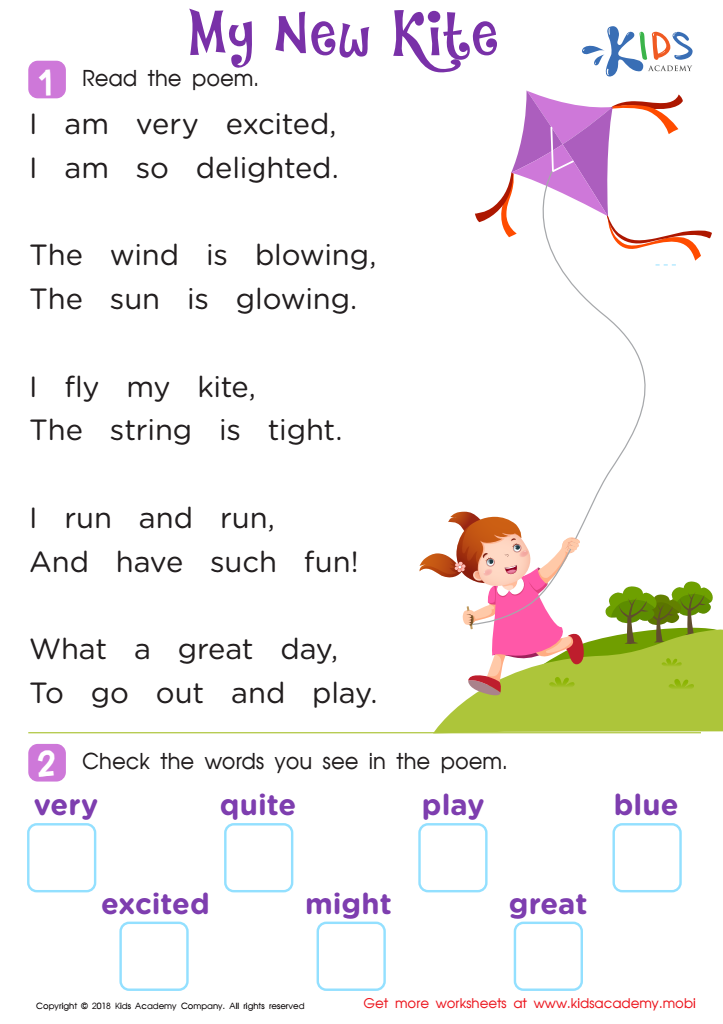

Poem: My New Kite Worksheet
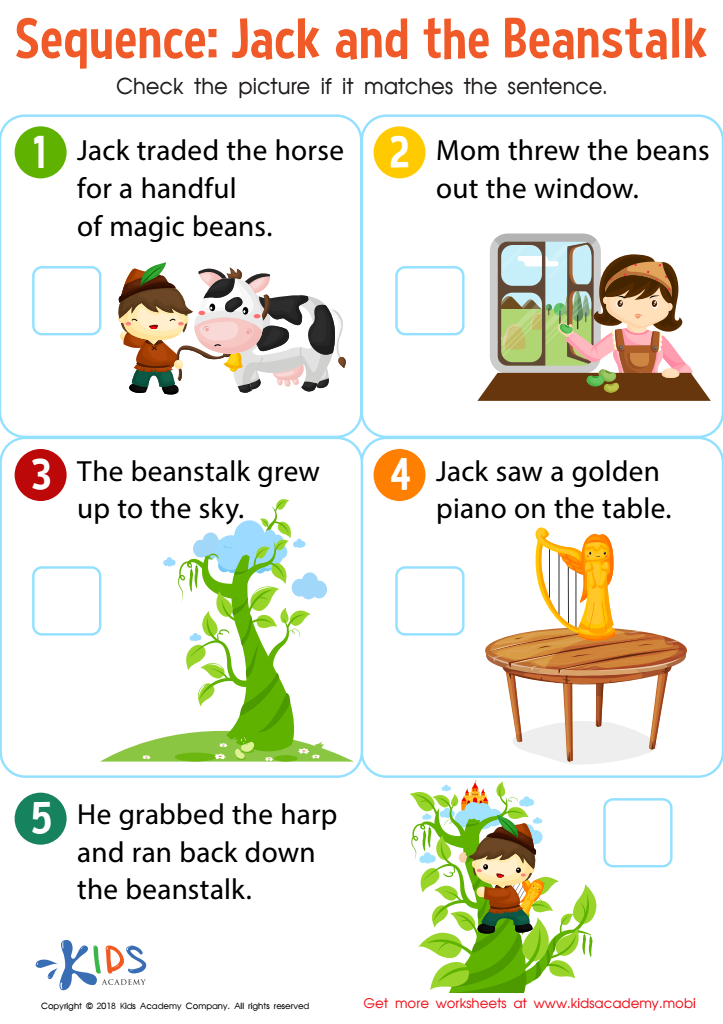

Sequence: Jack and The Beanstalk Worksheet
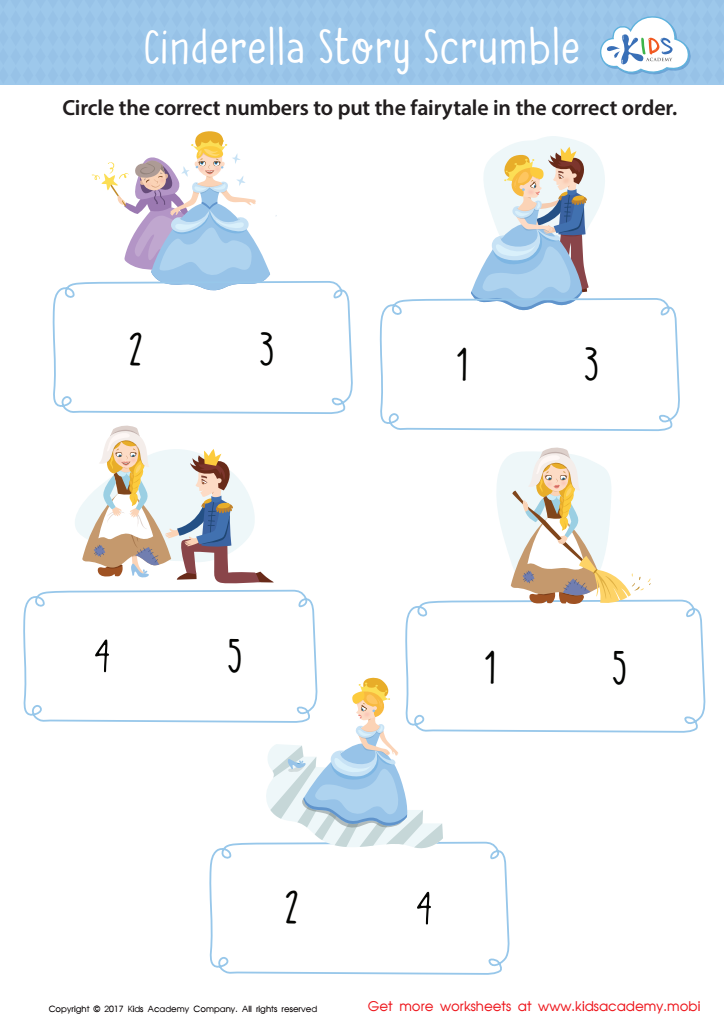

Cinderella Story Sequencing Worksheet
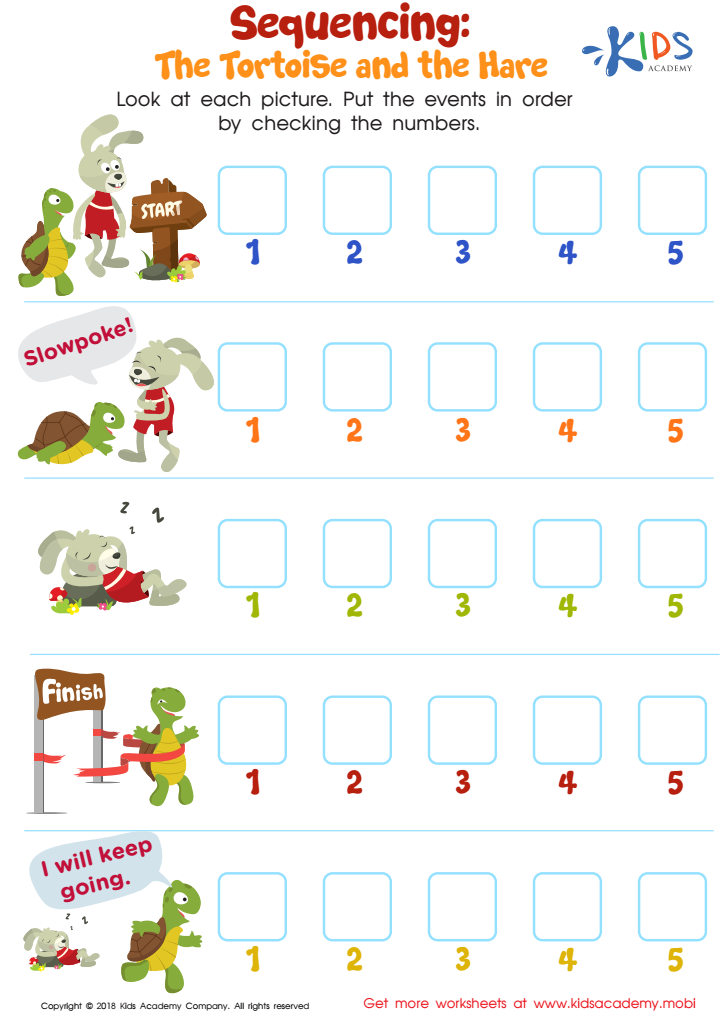

Sequencing: The Tortoise and the Hare Worksheet
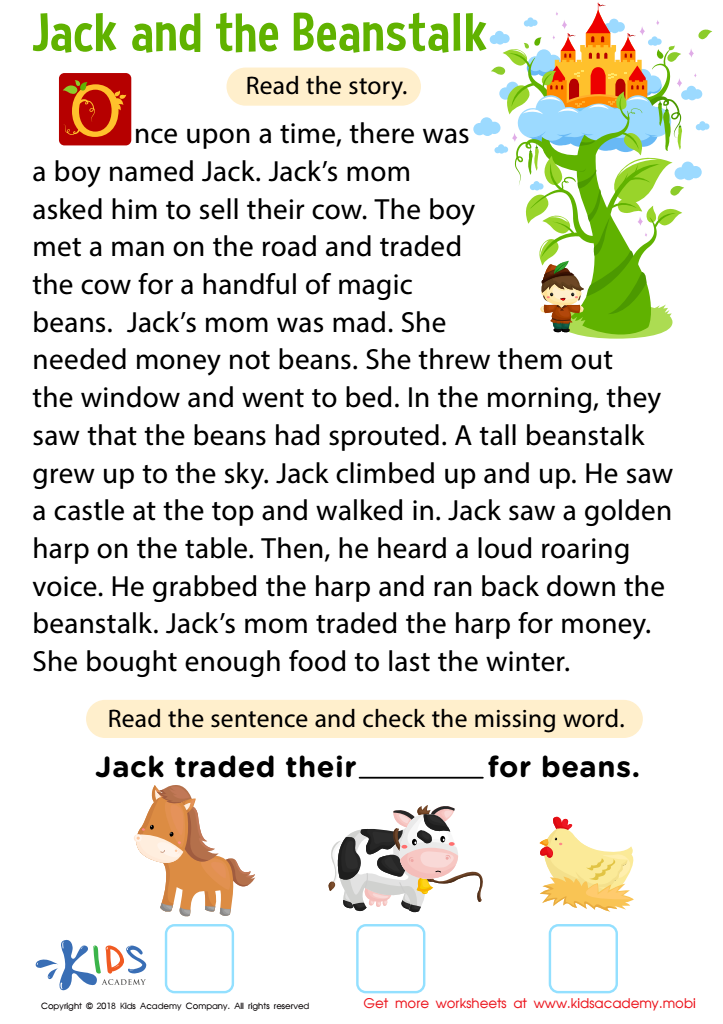

Jack and Beanstalk Worksheet
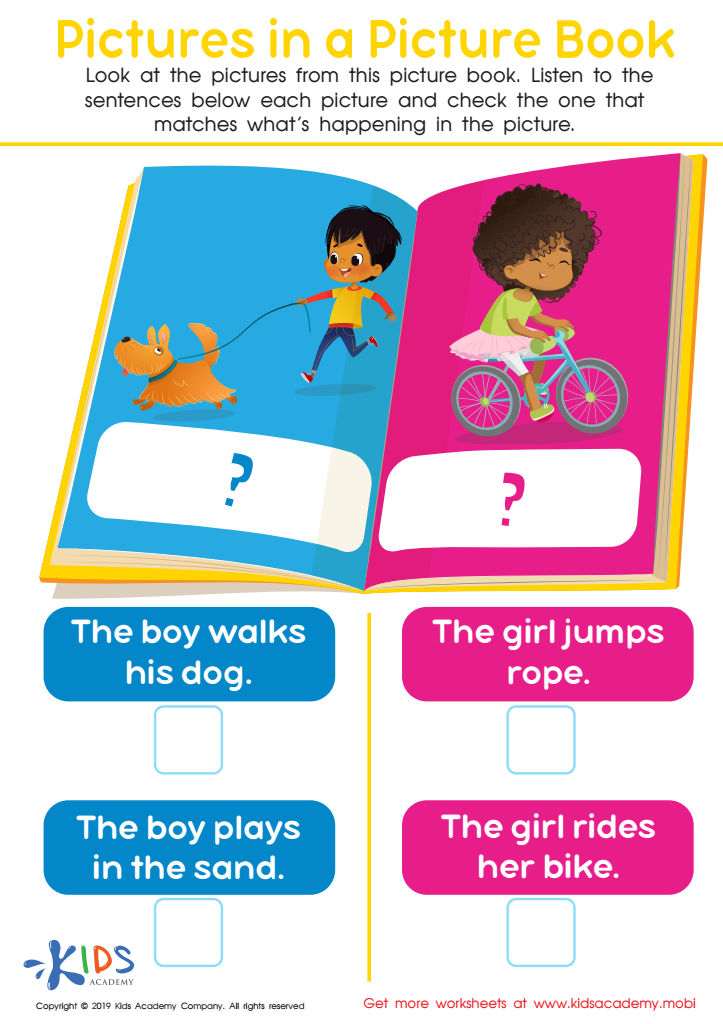

Picture in Books Worksheet
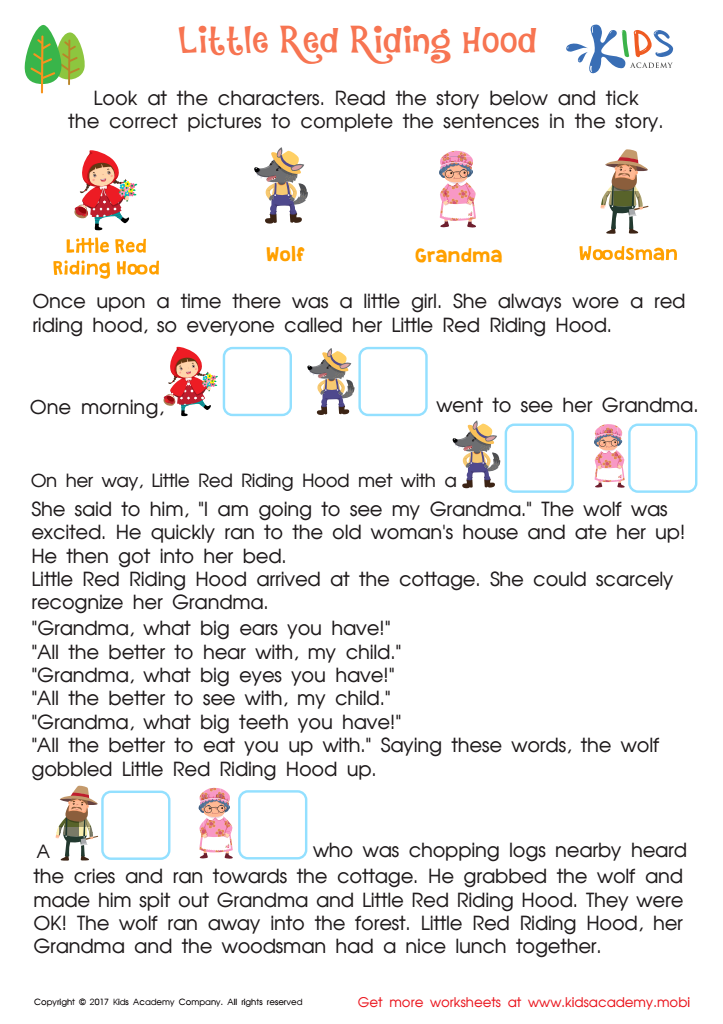

Little Red Riding Hood Printable


Cinderella: Beginning, Middle and End Worksheet
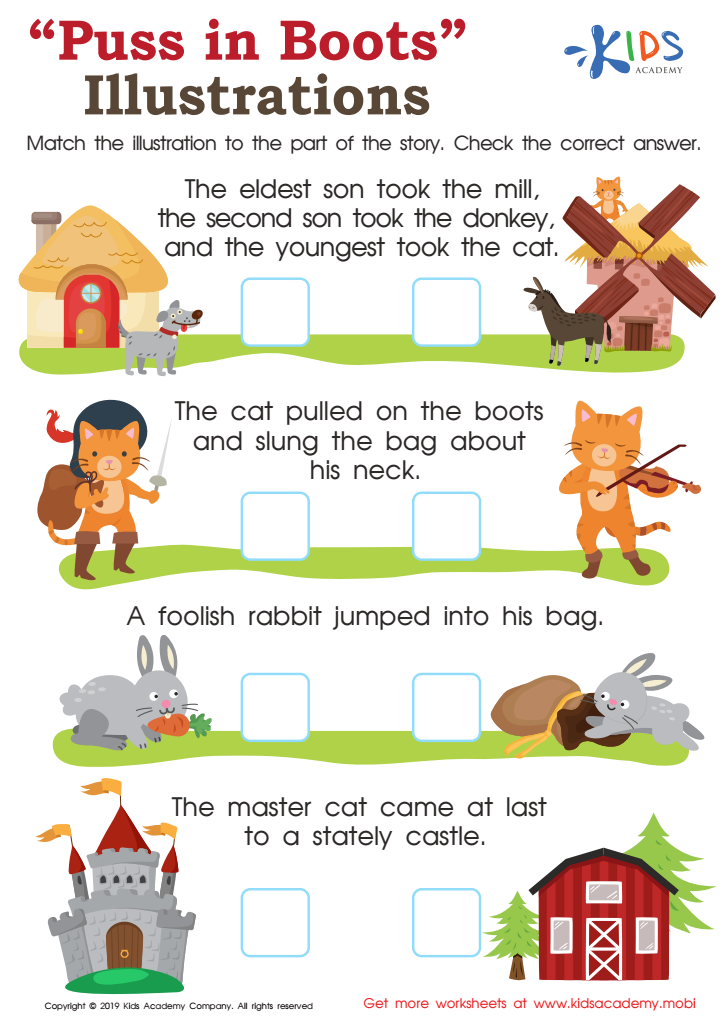

Puss in Boots Illustrations Worksheet
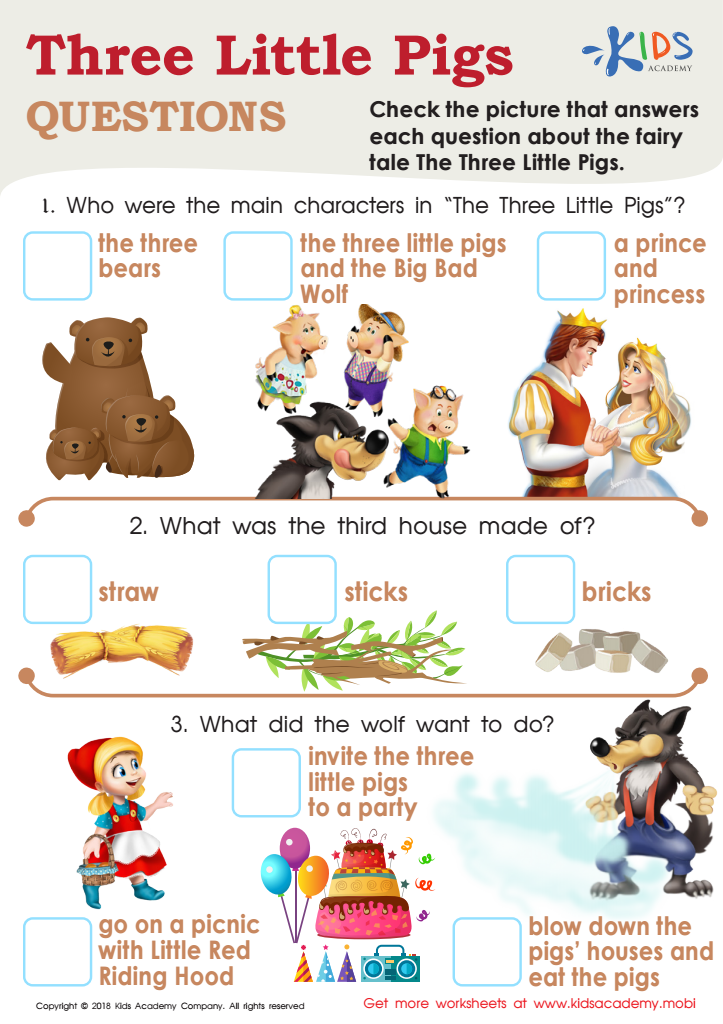

Three Little Pigs Questions Worksheet
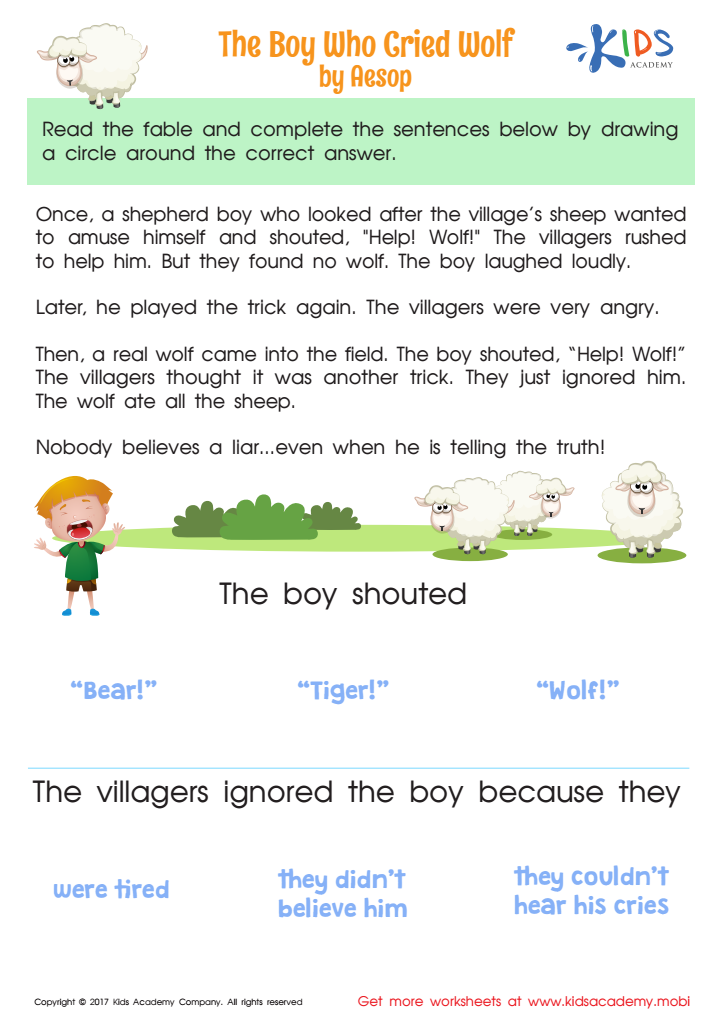

The Boy Who Cried Wolf Worksheet
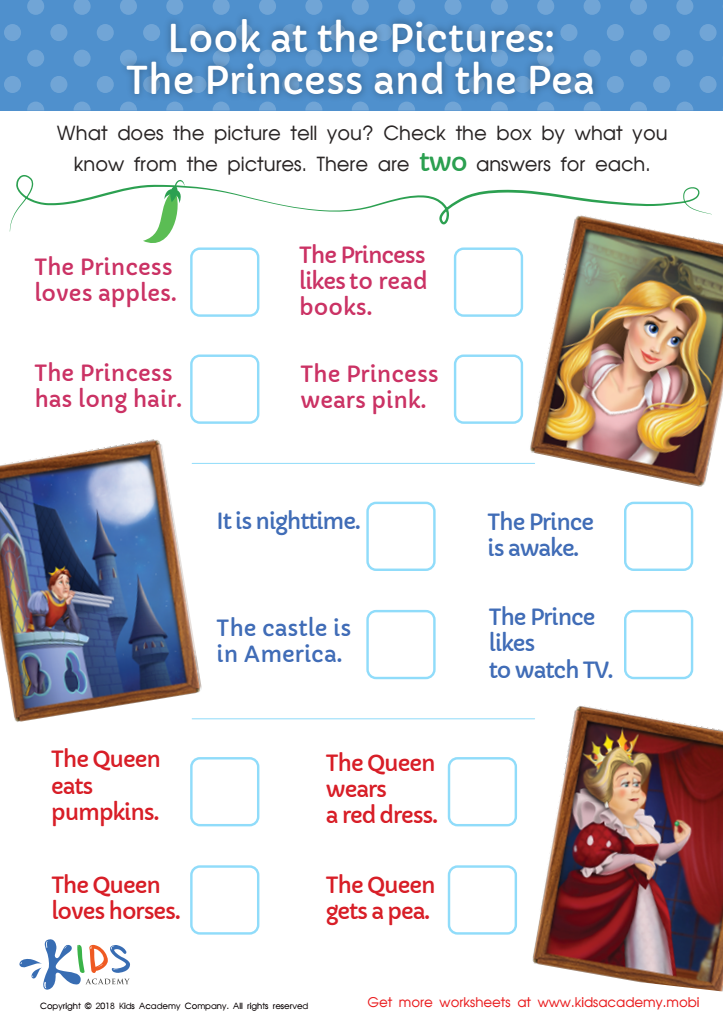

Look at the Pictures: The Princess and the Pea Worksheet


The Boy Who Cried Wolf Part 2 Worksheet
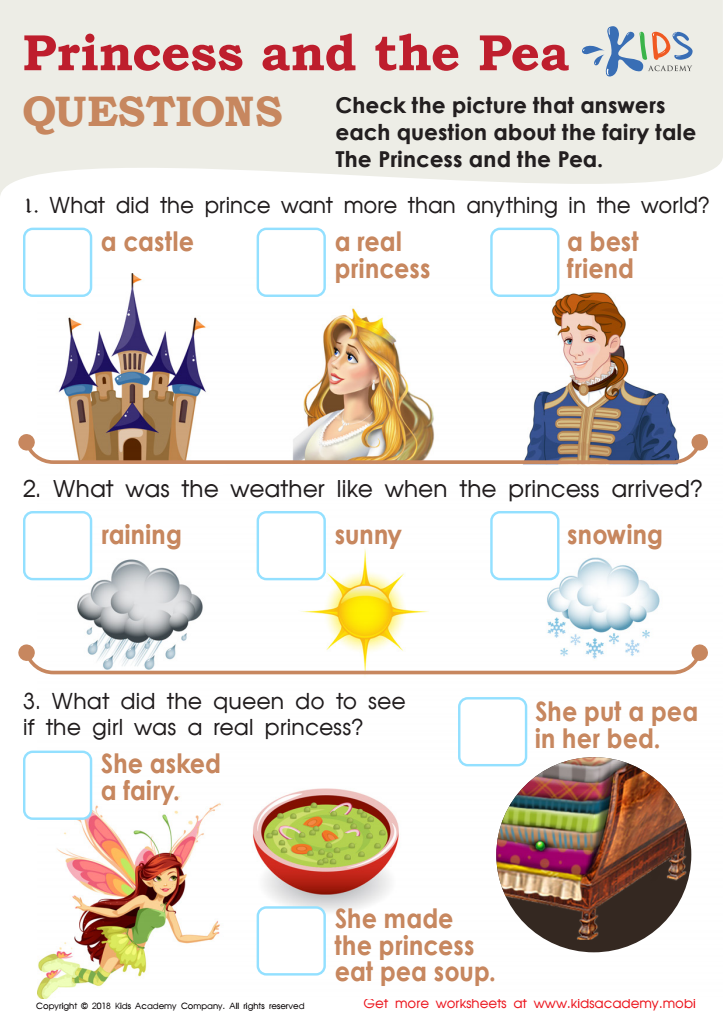

Princess and the Pea Questions Worksheet
Story sequencing plays a crucial role in developing reading skills for children aged 3 to 8 and is fundamental for both parents and teachers to prioritize. Understanding sequence helps children grasp the structure of stories, fostering comprehension and enhancing their ability to remember and retell tales. When children can identify the beginning, middle, and end of a story, they improve their narrative skills, which promotes both spoken and written language development.
Moreover, sequencing nurtures critical thinking and problem-solving abilities as children learn to predict outcomes and make connections between events. This skill not only boosts their reading fluency but also their overall cognitive development. By engaging with story sequencing activities—like using picture cards or interactive books—children enhance their focus, listening skills, and imagination.
In collaborative settings, such as classrooms or homes, sequencing activities encourage teamwork and dialogue, thereby strengthening social skills. Ultimately, fostering a solid foundation in story sequencing empowers children to become confident readers who can enjoy literature, analyze texts, and express their thoughts coherently—all essential skills for lifelong learning and communication. For these reasons, parents and teachers should prioritize story sequencing as a vital component of early literacy education.
 Assign to My Students
Assign to My Students

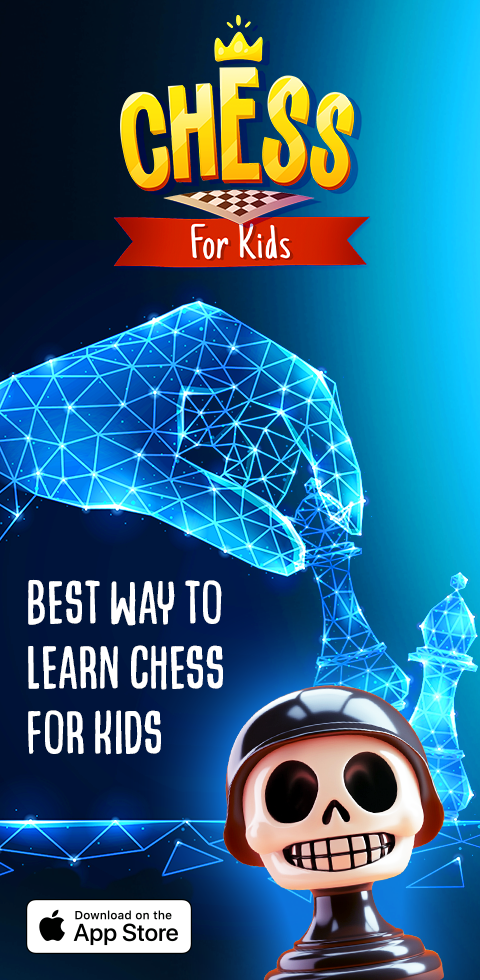



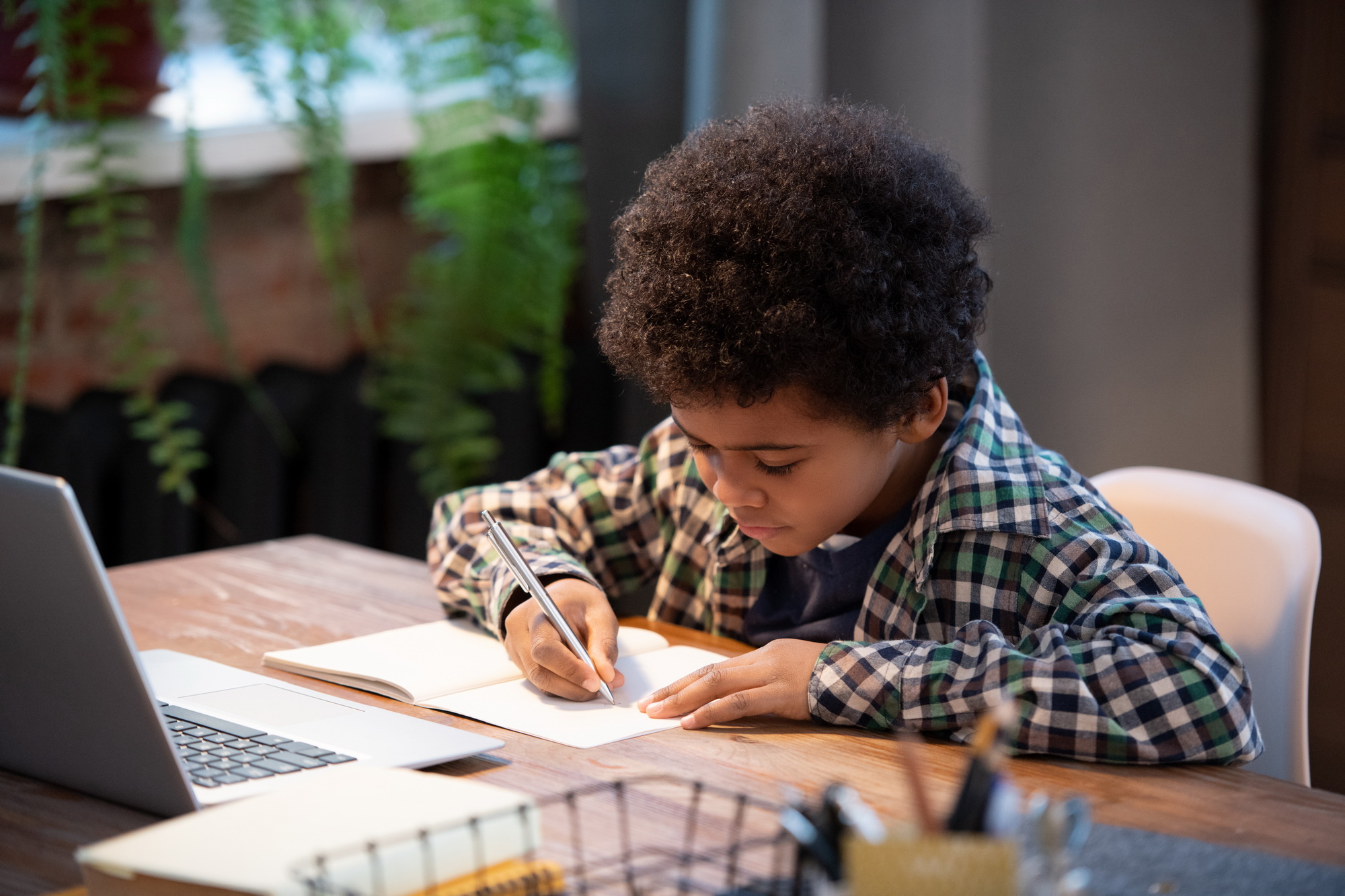

.jpg)








